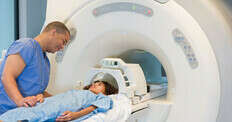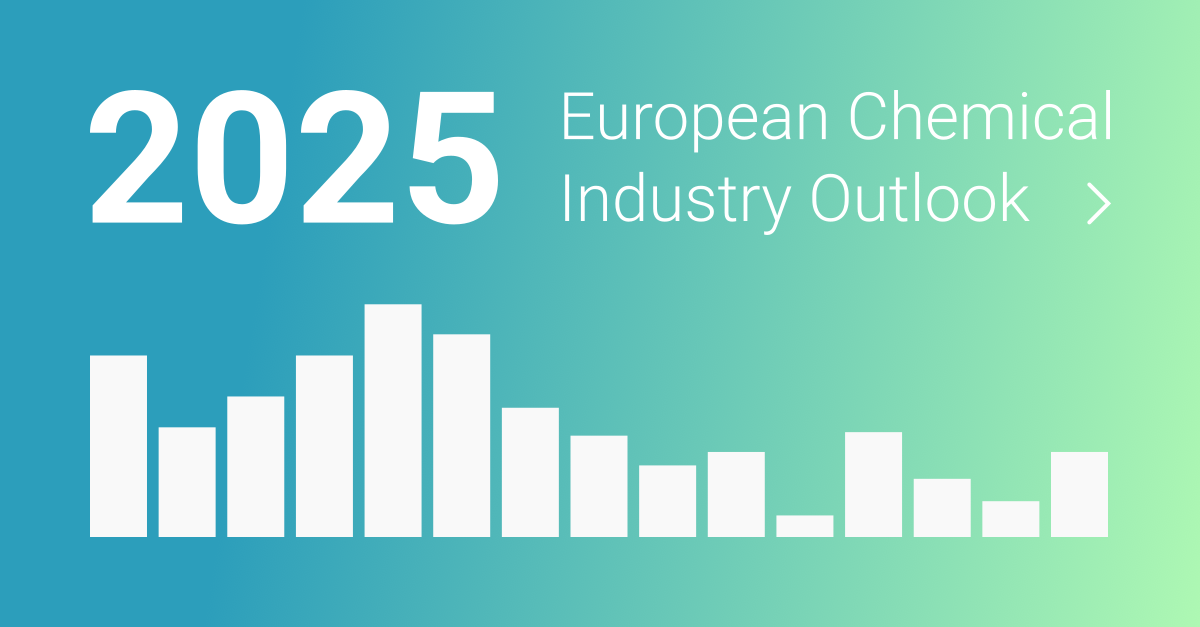- Bayer submitted a marketing authorization for gadoquatrane to the European Medicines Agency on July 10, 2025.
- Gadoquatrane offers a 60% reduction in gadolinium dose compared to standard macrocyclic agents.
- The QUANTI Phase III program involved 808 patients across 15 countries.
- 16 million contrast-enhanced MRI scans are conducted annually in the EU, growing at 5% per year.

Submission for EU Approval
On July 10, 2025, Bayer submitted a marketing authorization application to the European Medicines Agency for gadoquatrane, an investigational contrast agent for MRI. This agent is designed for contrast enhancement in detecting and visualizing pathologies across all body regions and the central nervous system in both adults and pediatric patients, including neonates.
Reduced Gadolinium Dose
Gadoquatrane offers a significant reduction in gadolinium dosage, using 0.04 mmol per kilogram of body weight, which is 60% less than the standard macrocyclic contrast agents dosed at 0.1 mmol Gd/kg. If approved, it would be the lowest dose macrocyclic GBCA available in the EU, aligning with health authority recommendations to use the minimum dose necessary for clinical information.
Clinical Trials and Results
The submission is based on positive data from the Phase III QUANTI studies, which evaluated the efficacy and safety of gadoquatrane across various indications in adult and pediatric patients globally. The QUANTI program included 808 patients from 15 countries and demonstrated that gadoquatrane met primary and secondary efficacy endpoints, with a safety profile similar to existing macrocyclic gadolinium-based agents.
Market Context
Annually, approximately 16 million contrast-enhanced MRI scans are conducted in the EU, with a growth rate of around 5% over the past five years. Bayer has also submitted applications for gadoquatrane in Japan and the U.S., with further regulatory applications planned worldwide.
